Giving Mysterious Venus the Love (and Science) She Deserves
Join
Donate
On This Episode
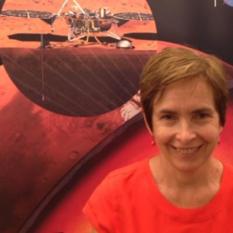
Sue Smrekar
Principal Scientist, Jet Propulsion Lab
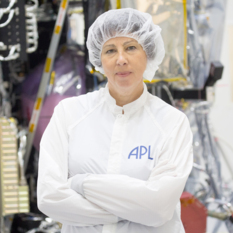
Nicky Fox
Parker Solar Probe project scientist, Johns Hopkins University / Applied Physics Lab
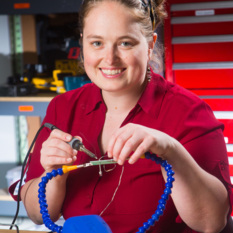
Betsy Congdon
Lead Thermal Engineer on the Parker Solar Probe's Heat Shield, Johns Hopkins Applied Physics Lab

Bruce Betts
Chief Scientist / LightSail Program Manager, The Planetary Society
MaryLiz Bender
Associate Producer of Planetary Radio, Digital Content Coordinator, The Planetary Society
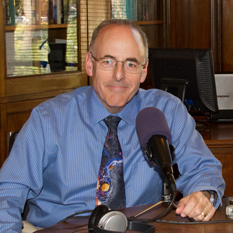
Mat Kaplan
Planetary Radio Host and Producer

Sue Smrekar
Principal Scientist, Jet Propulsion Lab

Nicky Fox
Parker Solar Probe project scientist, Johns Hopkins University / Applied Physics Lab

Betsy Congdon
Lead Thermal Engineer on the Parker Solar Probe's Heat Shield, Johns Hopkins Applied Physics Lab

Bruce Betts
Chief Scientist / LightSail Program Manager, The Planetary Society
MaryLiz Bender
Associate Producer of Planetary Radio, Digital Content Coordinator, The Planetary Society

Mat Kaplan
Planetary Radio Host and Producer

Sue Smrekar
Principal Scientist, Jet Propulsion Lab
Sue Smrekar
Principal Scientist, Jet Propulsion Lab

Nicky Fox
Parker Solar Probe project scientist, Johns Hopkins University / Applied Physics Lab
Nicky Fox
Parker Solar Probe project scientist, Johns Hopkins University / Applied Physics Lab

Betsy Congdon
Lead Thermal Engineer on the Parker Solar Probe's Heat Shield, Johns Hopkins Applied Physics Lab
Betsy Congdon
Lead Thermal Engineer on the Parker Solar Probe's Heat Shield, Johns Hopkins Applied Physics Lab

Bruce Betts
Chief Scientist / LightSail Program Manager, The Planetary Society
Bruce Betts
Chief Scientist / LightSail Program Manager, The Planetary Society
MaryLiz Bender
Associate Producer of Planetary Radio, Digital Content Coordinator, The Planetary Society
MaryLiz Bender
Associate Producer of Planetary Radio, Digital Content Coordinator, The Planetary Society

Mat Kaplan
Planetary Radio Host and Producer
Mat Kaplan
Planetary Radio Host and Producer
Mattias Malmer / NASA / JPL
Two views of Venus
Venus as it rougly appears to the human eye, from Mariner 10 images (left), compared with a global radar map of the surface from Magellan (right).
Mattias Malmer / NASA / JPL
Two views of Venus
Venus as it rougly appears to the human eye, from Mariner 10 images (left), compared with a global radar map of the surface from Magellan (right).
NASA / JPL
Arachnoids
Fracture patterns associated with arachnoids, one of the many indications of the relationship between volcanism and faulting on the surface of Venus.
NASA / JPL
Arachnoids
Fracture patterns associated with arachnoids, one of the many indications of the relationship between volcanism and faulting on the surface of Venus.
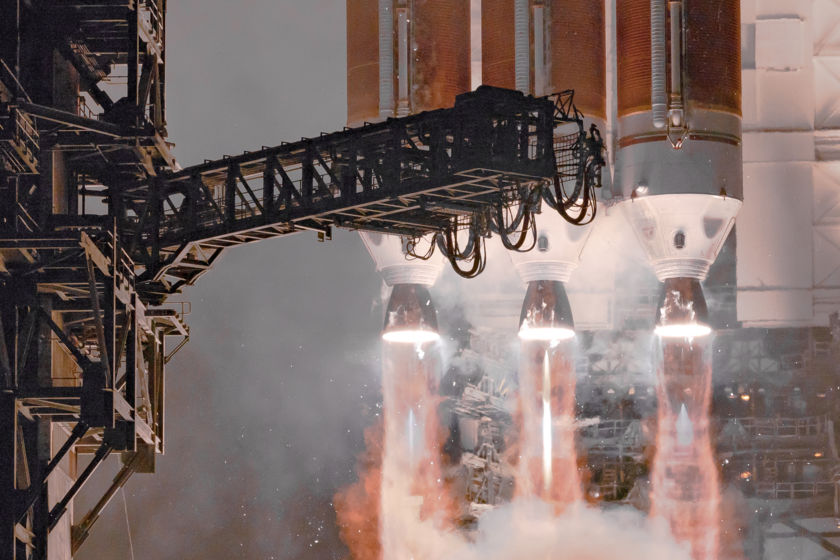
Ryan Chylinski
Delta IV Heavy Parker Solar Probe launch
The United Launch Alliance Delta 4-Heavy rocket launched the Parker Solar Probe into space on August 12, 2018 at 3:31 a.m. EDT (0731 GMT) from Cape Canaveral Air Force Station, Florida.

Ryan Chylinski
Delta IV Heavy Parker Solar Probe launch
The United Launch Alliance Delta 4-Heavy rocket launched the Parker Solar Probe into space on August 12, 2018 at 3:31 a.m. EDT (0731 GMT) from Cape Canaveral Air Force Station, Florida.
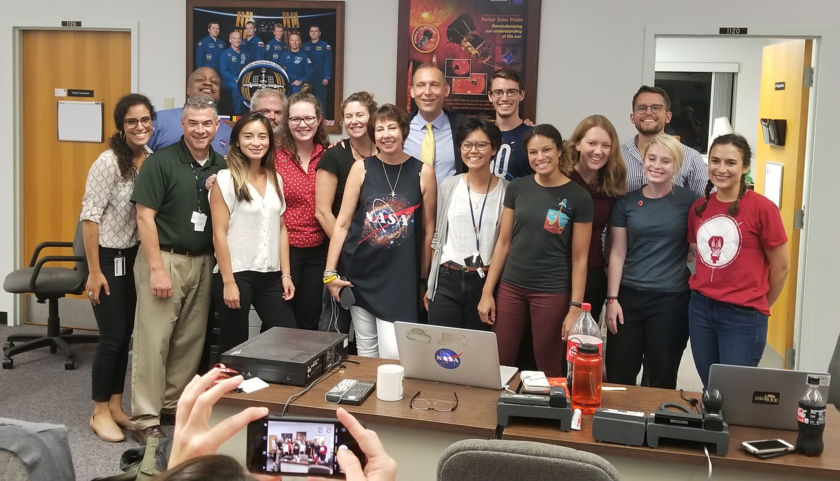
Ryan Chylinski
Members of the Parker Solar Probe team
Members of the Parker Solar Probe team pose for a picture just after their successful launch on August 12, 2018 at NASA's Kennedy Space Center.

Ryan Chylinski
Members of the Parker Solar Probe team
Members of the Parker Solar Probe team pose for a picture just after their successful launch on August 12, 2018 at NASA's Kennedy Space Center.
iTelescope.net
iTelescope.net
Listen more:
interview,
atmospheres,
space weather,
astronomy,
podcasts and videos,
the Sun,
personal stories,
spacecraft,
weather and climate,
solar observing spacecraft,
planetary astronomy,
astronomy and astrophysics spacecraft,
astronomy by planetary missions,
mission status,
Venus,
Planetary Radio,
explaining technology,
transit of Venus,
explaining science,
Planetary Society
You are here:
You are here:
Comments & Sharing
Comments
Leave a Comment
You must be logged in to submit a comment. Log in now.
Comments
emu5088: 2018/08/16 07:00 CDT
One thing I didn't understand in the interview was at 00:17:20: The idea of Venus being geologically dead based on impact craters. I'm familiar with the "crater counting" technique. Since Venus has so few, wouldn't that bring the assumption that Venus's surface is much more relatively young than Mars? Surly not older? She then says Venus catastrophically resurfaced before the impact craters. I'm confused as to if she's arguing it's older or newer.
Also, Ms. Smrekar says that Mars and Earth have roughly the same number of craters?! Surely the Earth has much less impact craters present on the present day surface than Mars?
Very stimulating discussion! Just a couple things I've been confused about for the last couple days.
Leave a Comment
You must be logged in to submit a comment. Log in now.
emu5088: 2018/08/16 07:00 CDT
One thing I didn't understand in the interview was at 00:17:20: The idea of Venus being geologically dead based on impact craters. I'm familiar with the "crater counting" technique. Since Venus has so few, wouldn't that bring the assumption that Venus's surface is much more relatively young than Mars? Surly not older? She then says Venus catastrophically resurfaced before the impact craters. I'm confused as to if she's arguing it's older or newer.
Also, Ms. Smrekar says that Mars and Earth have roughly the same number of craters?! Surely the Earth has much less impact craters present on the present day surface than Mars?
Very stimulating discussion! Just a couple things I've been confused about for the last couple days.
One thing I didn't understand in the interview was at 00:17:20: The idea of Venus being geologically dead based on impact craters. I'm familiar with the "crater counting" technique. Since Venus has so few, wouldn't that bring the assumption that Venus's surface is much more relatively young than Mars? Surly not older? She then says Venus catastrophically resurfaced before the impact craters. I'm confused as to if she's arguing it's older or newer.
Also, Ms. Smrekar says that Mars and Earth have roughly the same number of craters?! Surely the Earth has much less impact craters present on the present day surface than Mars?
Very stimulating discussion! Just a couple things I've been confused about for the last couple days.
Leave a Comment
You must be logged in to submit a comment. Log in now.
Let's Change the World
Become a member of The Planetary Society and together we will create the future of space exploration.
Join Today
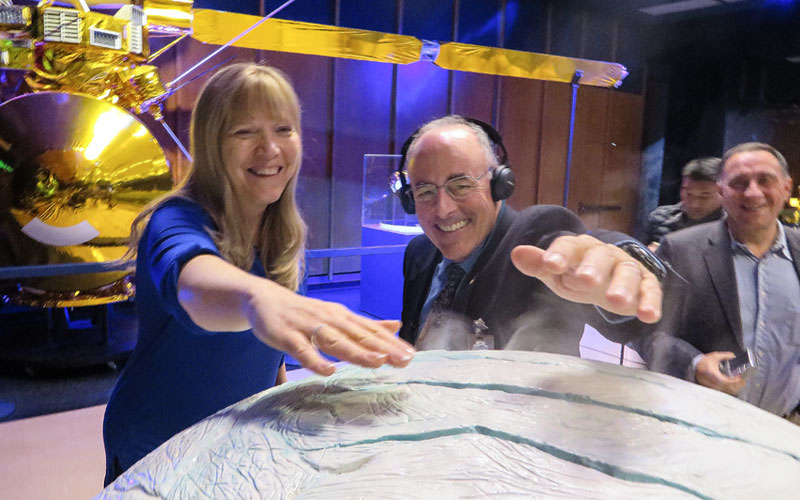
Support Planetary Radio
Keep our weekly radio program broadcasting online and on the air around the world.
Donate
Let's Change the World
Become a member of The Planetary Society and together we will create the future of space exploration.
Join Today

Support Planetary Radio
Keep our weekly radio program broadcasting online and on the air around the world.
Donate
Connect With Us
Connect With Us
For full functionality of this site it is necessary to enable JavaScript. Here are instructions on how to enable JavaScript in your web browser.

 Clash Royale CLAN TAG#URR8PPP
Clash Royale CLAN TAG#URR8PPP
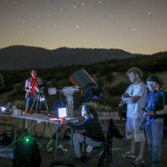
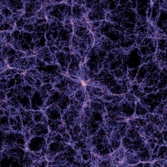

emu5088: 2018/08/16 07:00 CDT
One thing I didn't understand in the interview was at 00:17:20: The idea of Venus being geologically dead based on impact craters. I'm familiar with the "crater counting" technique. Since Venus has so few, wouldn't that bring the assumption that Venus's surface is much more relatively young than Mars? Surly not older? She then says Venus catastrophically resurfaced before the impact craters. I'm confused as to if she's arguing it's older or newer.
Also, Ms. Smrekar says that Mars and Earth have roughly the same number of craters?! Surely the Earth has much less impact craters present on the present day surface than Mars?
Very stimulating discussion! Just a couple things I've been confused about for the last couple days.